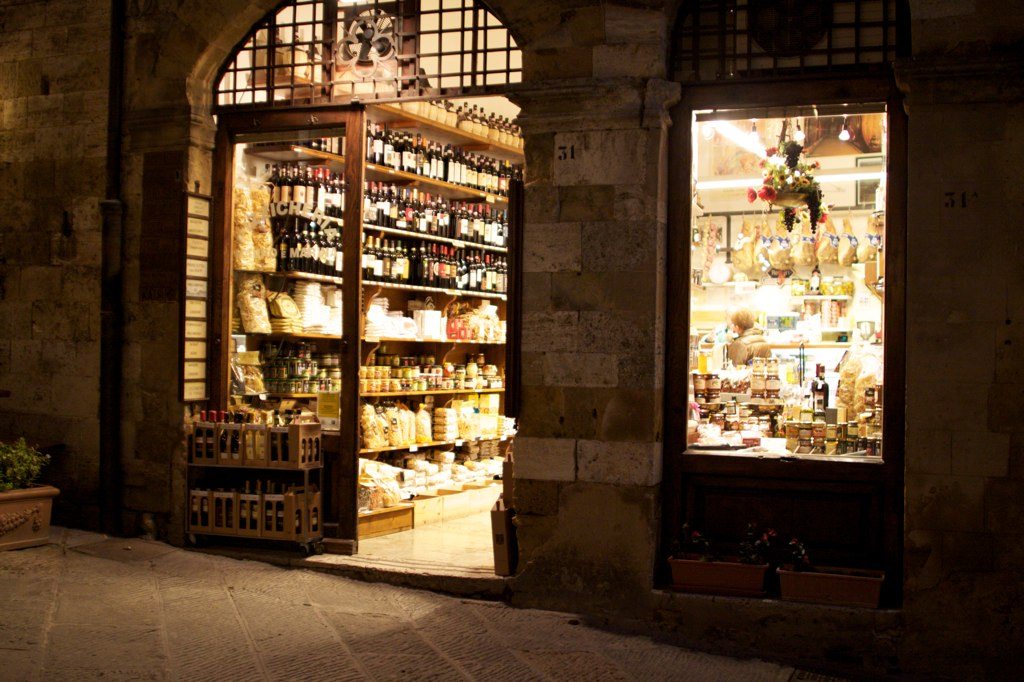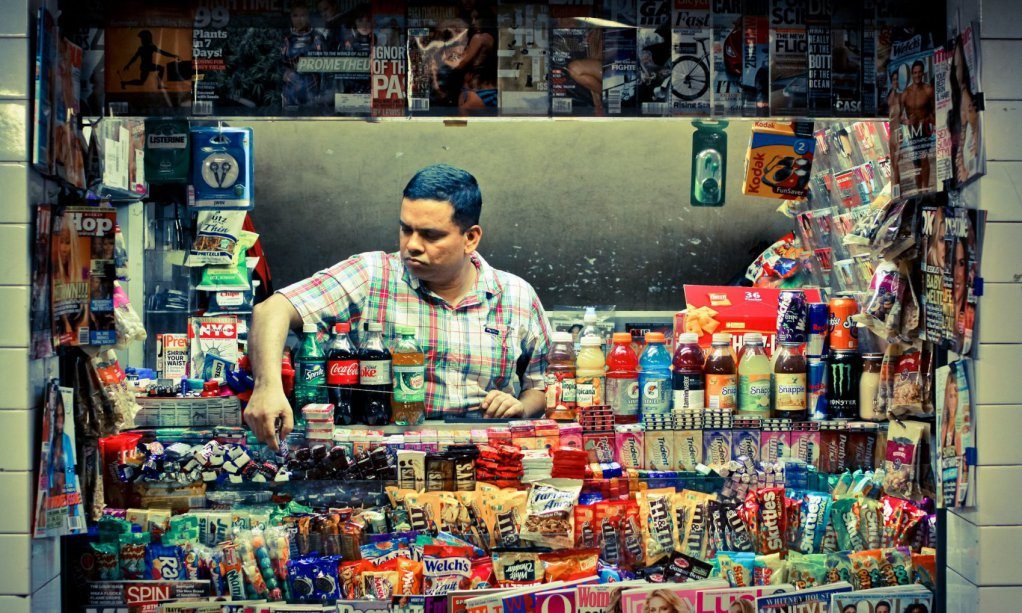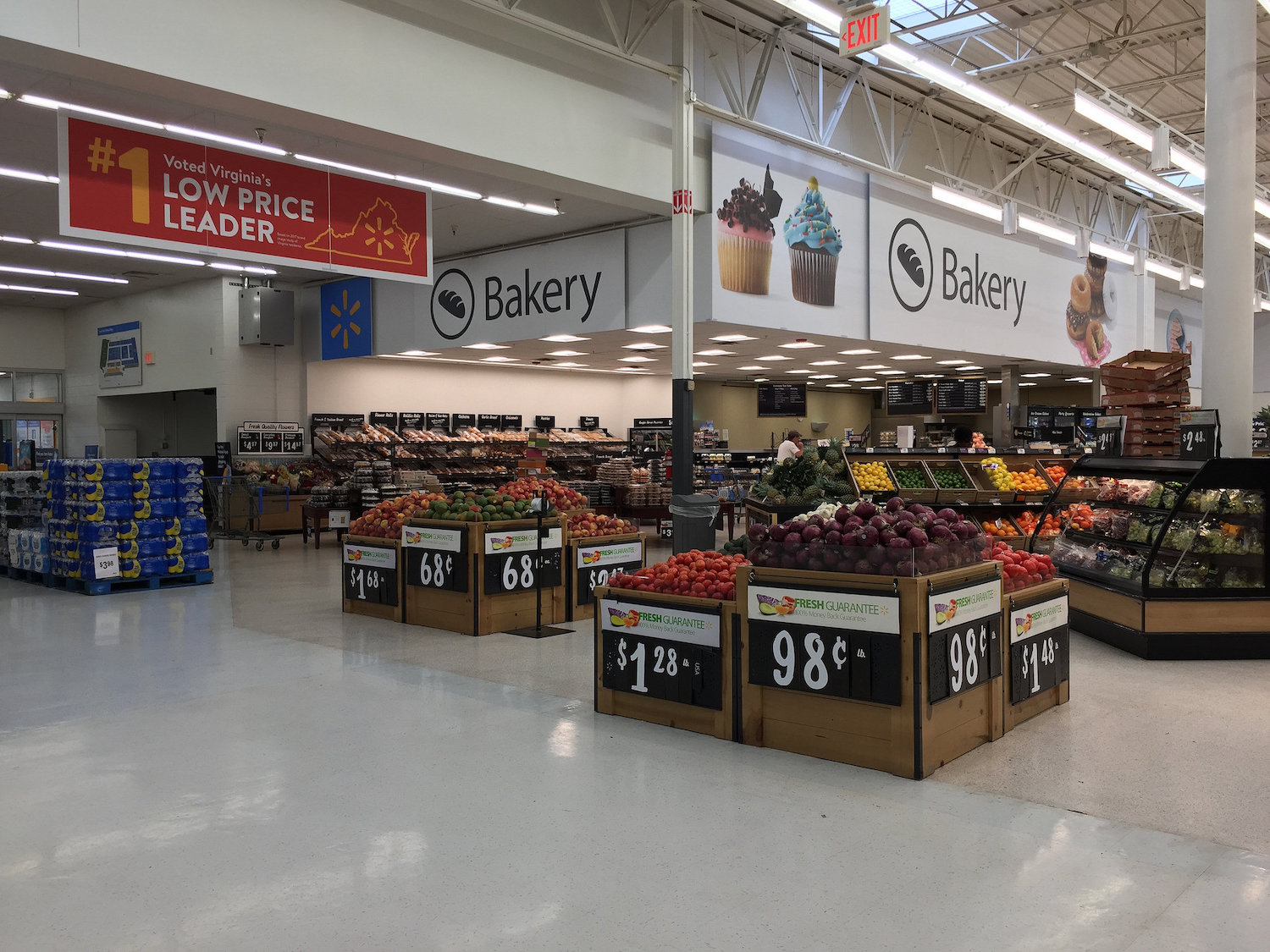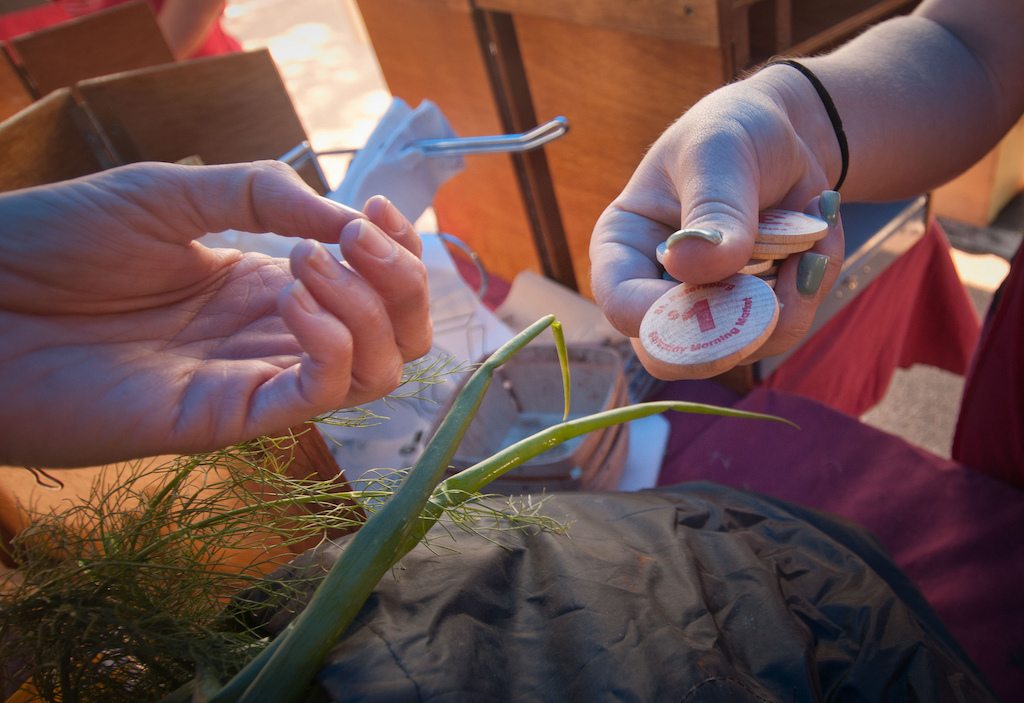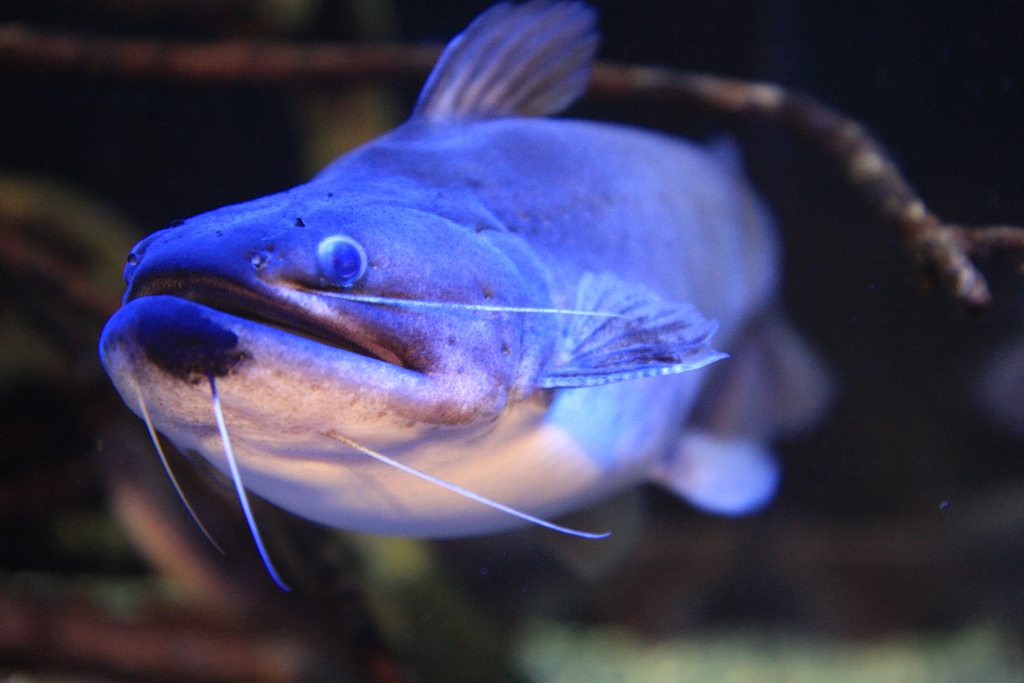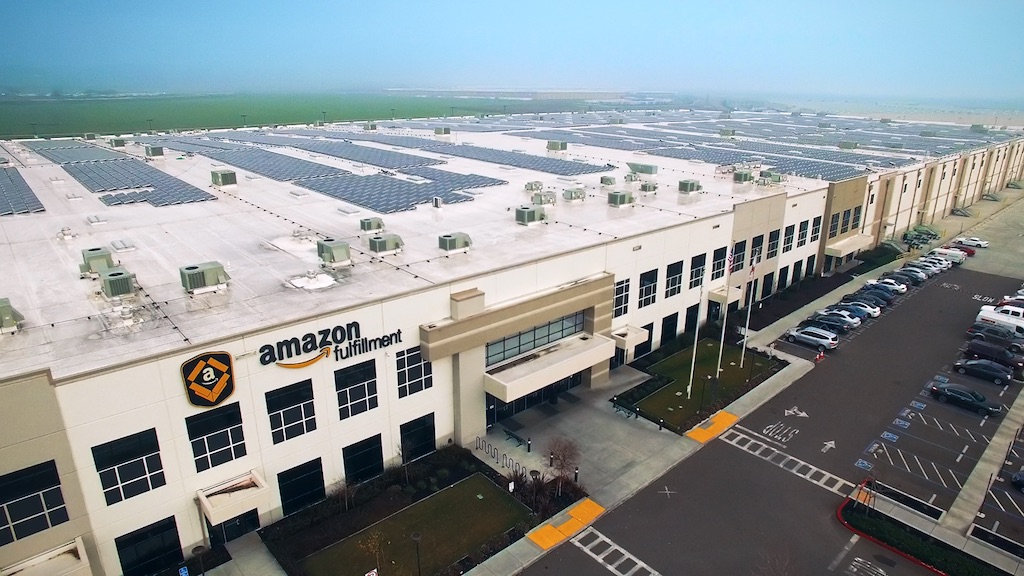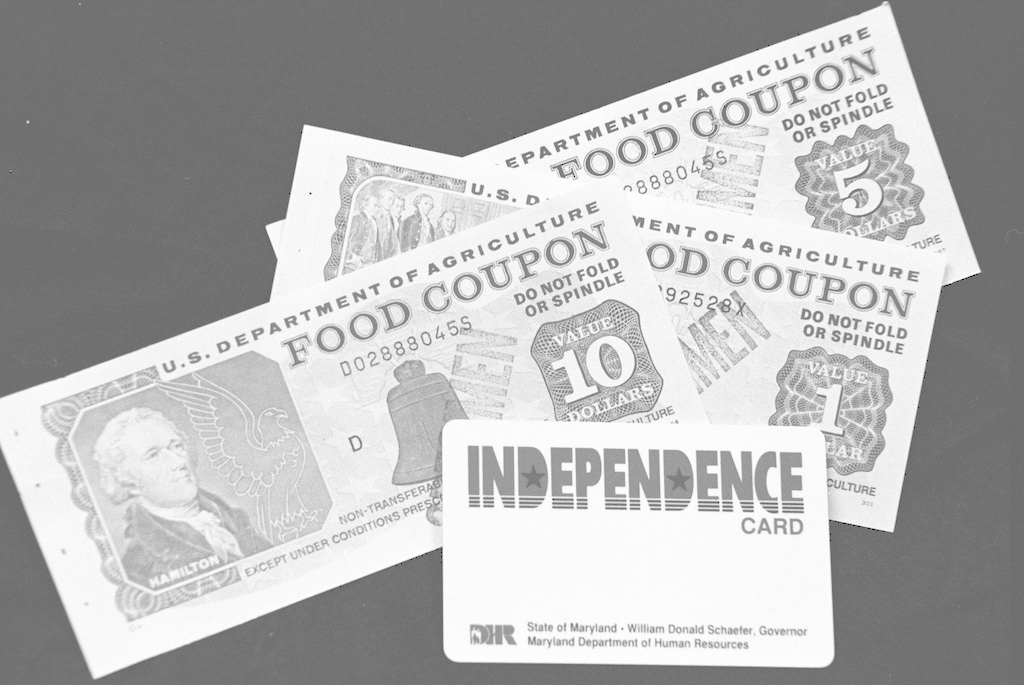
Flickr / USDA
Let’s say you’re a governor, and you want to improve the nutritional health of your constituents who rely on Supplemental Nutrition Assistance Program benefits—or SNAP, formerly known as food stamps—to supplement the cost of their diets. Where do you start?
How about the grocery store? In 2008, the farm bill authorized $20 million in pilot programs to study how SNAP users and retailers reacted to incentives at point of purchase. Since then, Congress has made around $100 million available specifically to incentivize SNAP recipients, sometimes dollar for dollar, to buy more fruits and vegetables. It also made funds available to retailers who sell produce at farmers’ markets but might not have the technology to accept and process benefits, to buy machines that do just that. All that money comes in the form of block grants, which states are then free to distribute to a variety of different programs at their discretion. But studies have shown incentives don’t necessarily work the way we want them to.
“It’s really hard to get people to eat their broccoli,” a researcher at Stanford University’s School of Medicine found in a 2014 study on various incentive efforts. “You have to make it really cheap, and even then, sometimes people don’t know what to do with it.”
Or, if you can’t reach your SNAP user constituents in the grocery aisle, you can try to control their purchasing habits via the ballot box. One perennial legislative favorite? The municipal soda tax. Nobody needs more proof that soda does nothing for our overall health. But even though the taxes have shown measurable impact on soda consumption—as much as a 20 percent reduction in Philadelphia and Berkeley, California, the first two cities to pass such a tax—they have been roundly rejected in other areas. (Just ask people in Chicago.) Good luck scaling up to state level.
The next option? Limiting what can be purchased with food assistance dollars by applying for a waiver from the United States Department of Agriculture (USDA) that would allow your state to prohibit the use of SNAP benefits on “junk food”—specifically soda and candy.
And then, last week, LePage was rejected again.
Among USDA’s reasons for the big no? The waiver would increase administrative costs and burdens on small businesses and retailers, particularly those that have point-of-sale systems standardized across state lines; open the door for individual states to decide what, exactly constitutes “junk” food; and “choose winners and losers” in the food industry.
LePage’s attempt to curb a federal welfare program at the state level is part of a wider trend. Recently, Republican Governor Scott Walker of Wisconsin announced that he would move forward with long-standing plans to drug test adults applying for SNAP. But even before that move, states across the country, from Arkansas to Minnesota, and even municipalities like New York City, had been trying to police their own programs for years. It’s never worked.
So why is LePage so determined?
It’s not like Mainers are more obese than residents of other states. In fact, Maine ranks 26th in the country overall for percentage of obese adults, making it the precise median. And one in seven Mainers receive food stamp benefits, putting them right on par with the national average—also one in seven.
And it’s not clear that Maine’s SNAP users are more obese. The waiver application cites a 2013 telephone survey that found 40 percent of SNAP users to be obese. But it’s important to note that in a state whose caseload recently exceeded 188,000 users, the survey reached only 615 recipients in total, all of whom self-reported their height and weight.
Perhaps this waiver crusade is simply because for LePage, the personal is indeed political: In September 2016, the governor and his wife both underwent weight-loss surgery. “Obesity is a killer,” he told Maine’s Twin City Times last week. “If you have high blood pressure or diabetes, this surgery will save your life.”
And LePage is also, generally speaking, in favor of reforming welfare, having targeted numerous programs repeatedly since taking office in 2011. His efforts have a distinctly behavioral, paternalistic bent: besides the efforts to curb food people can buy, he’s also proposed making drug felons ineligible for Temporary Assistance for Needy Families (TANF) benefits. “I’m very, very proud that I can say that in Maine if you’re able to work, we are working with you and getting you back to work and we’re making you exercise,” he told an audience of bariatric surgeons at a conference in December. “We’re making you work those pounds off.”
Even though soda taxes and bans have come into legislative vogue in recent years—one of many responses to obesity as a public health crisis—in SNAP’s original iteration, users weren’t even able to buy food that lacked nutritional content. As we reported, that’s because the program was intended primarily to make use of agricultural surplus. LePage leans on that argument in his waiver application, stating that if the goal of food assistance is to provide for an improved level of nutrition in low-income households, then allowing junk food purchases would contradict that program’s intent—and, more broadly, the stated nutritional goals of the federal government (as least those of the previousadministration). “The Obama Administration goes to great lengths to police the menus of K-12 cafeterias,” he wrote to former Secretary of Agriculture Tom Vilsack in 2016, “but looks the other way as billions of taxpayer dollars finance a steady diet of Mars bars and Mountain Dew.”
Ultimately, perhaps, LePage may be focusing on SNAP users because he sees the political tides turning. At the address to those bariatric surgeons in December, he bragged that he now has an audience with President Trump and Vice President Pence, whose administration is clearing the way for states to implement their own criteria for other federal benefits, namely Medicare.
“Every time I meet with the president and the vice president, we talk about how we need to reform America,” LePage said. “And I’m considered one of the experts in the whole area of Medicaid, Medicare and health care, as well as reforming welfare. It’s a life-saving program.”

